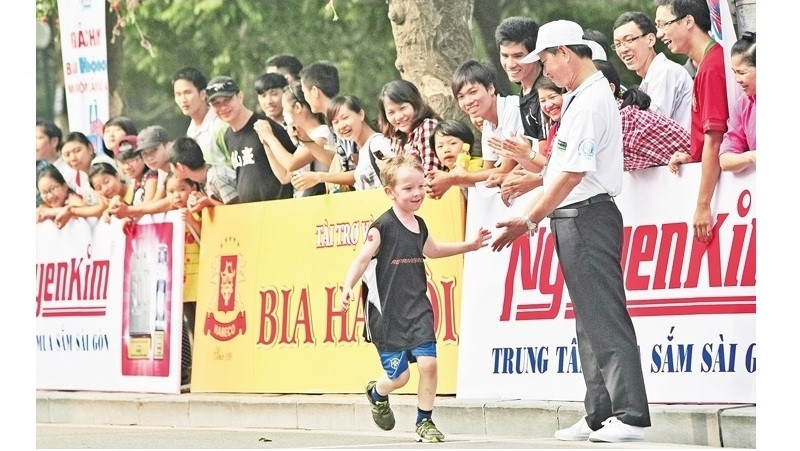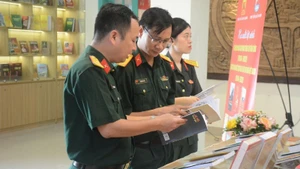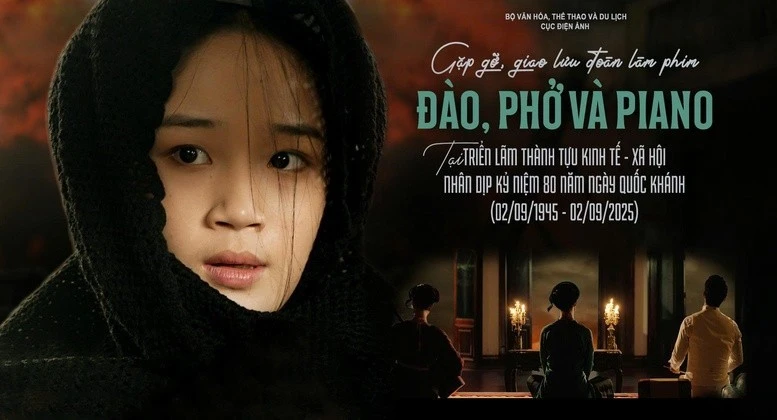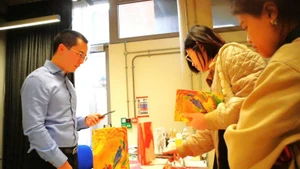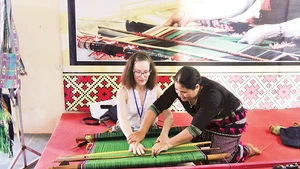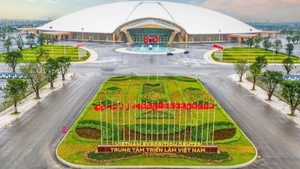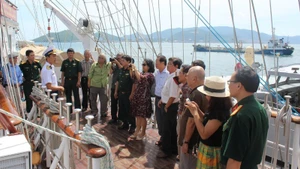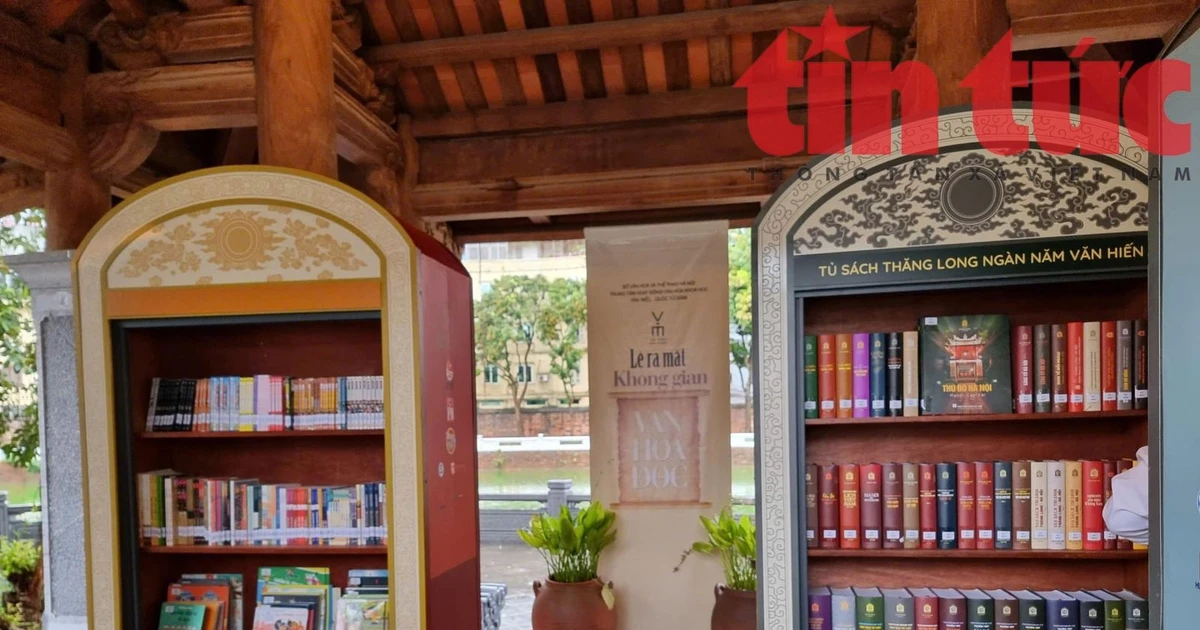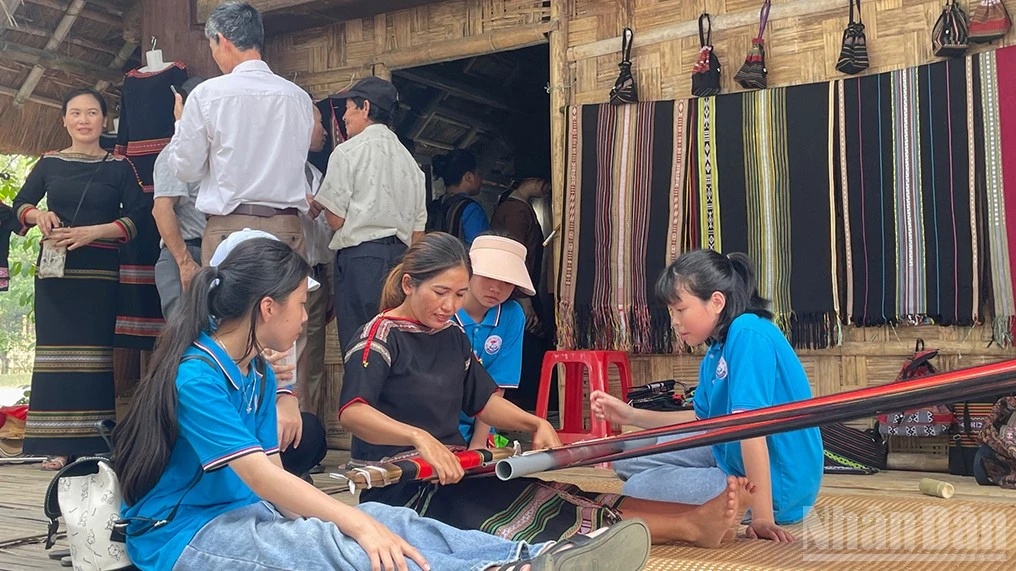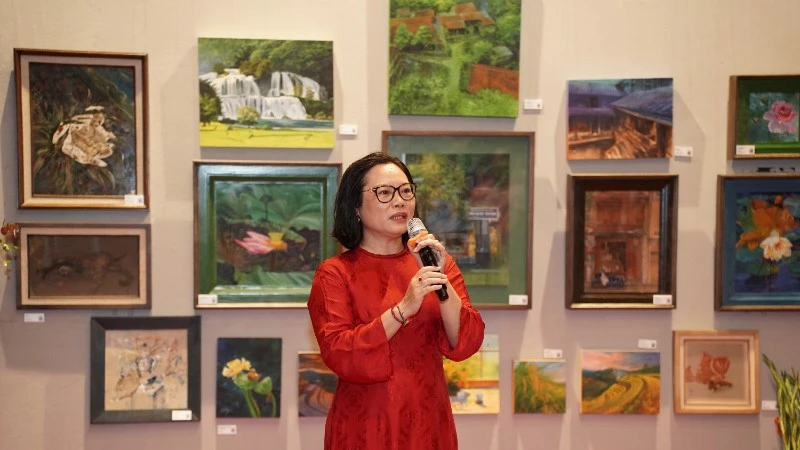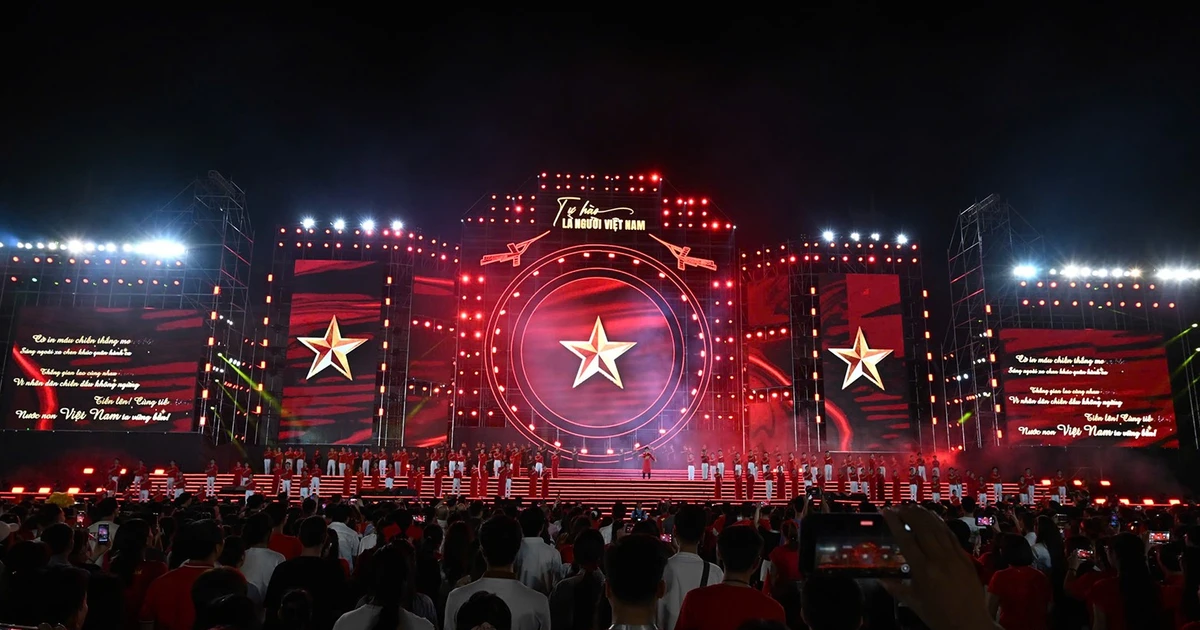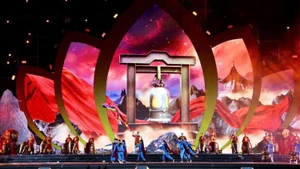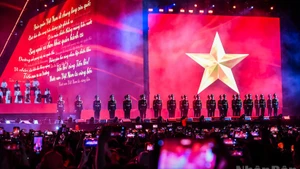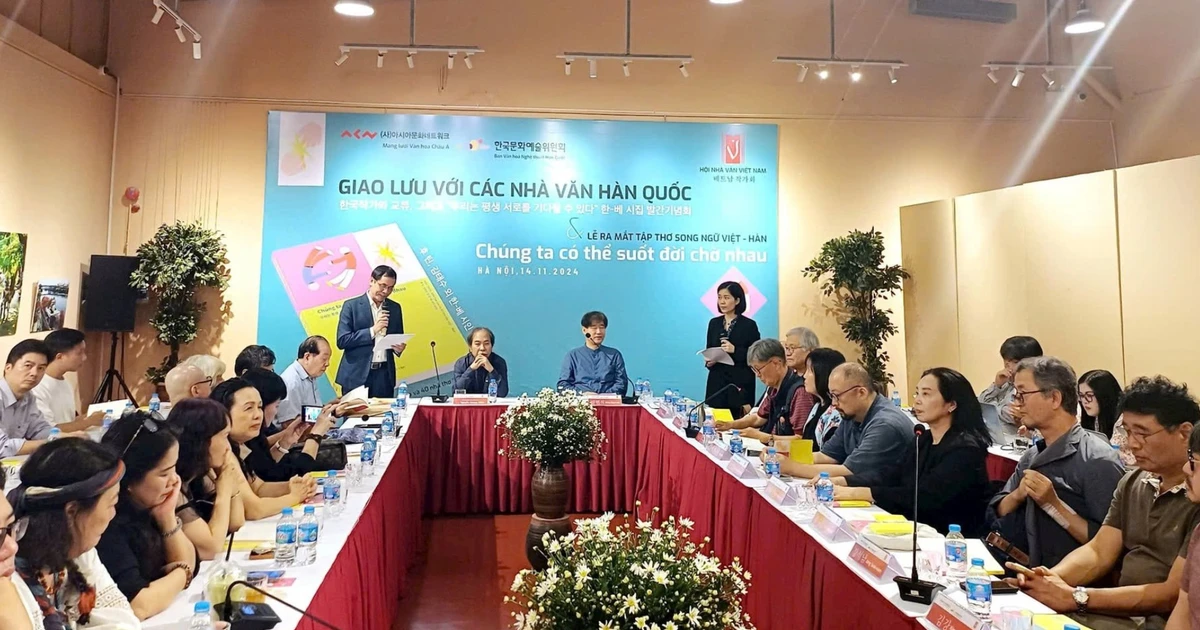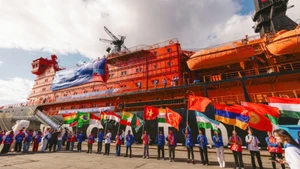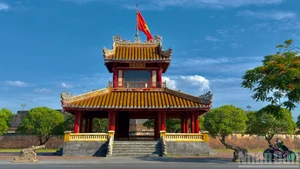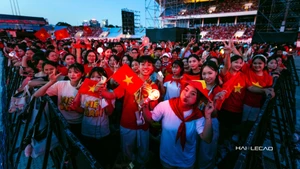“Is Vietnam safe?” David, a friend of mine from Mompox town, asked me as the public TV was showing a documentary film about the Vietnam war. The film was produced a long time ago with common images of the war, gun fire and people dying.
I faced that question in Mompox, a small village on the bank of Madgalena – the longest river in Colombia, the gateway to the Caribbean Sea, and the meeting point of coastal and Andean peoples.
With its isolated location, Mompox was the first town in Colombia to gain independence from the domination of Spanish colonialists on August 6, 1810. In Colombia, Mompox symbolizes the passionate love for freedom and the ceaseless fighting spirit against invasion.
David told me a lot about his hometown Mompox, about Simon Bolivar, a military leader whose statues have been installed across almost every South American country, and his journey featured in ‘The General in His Labyrinth’ - a novel by Gabriel Garcia Marquez.
I told David that I found similar themes in the stories about the protracted resistance war for independence of our nation – a country that has experienced “many wars”.
There is something similar about Vietnam and Colombia. The unyielding spirit and the trust in what they chose. Just like the Vietnamese, Colombians had to fight and sacrifice their lives to gain independence.
Many Colombian friends congratulated us on September 2, our National Day. Our school even posted a congratulatory status on Facebook. Our teacher expressed her happiness and wrote on the backboard a congratulatory line in both Spanish and Vietnamese, and asked us not to remove it until the end of the class.
Having an Independence Day is something to be proud of, and only nations whose people have aspired to independence can understand that pride.
History is what sets each country apart. When I was looking inside a restaurant, the Panamanian restaurant owner asked me where I was from. When I told him I am Vietnamese, he was extremely surprised: “Oh, Vietnam, Ho Chi Minh.” The restaurant became noisy. South American and Asian faces gathered around me. They commented, they praised. Although I came from a very far country, they had heard about it many times.
“Ho Chi Minh, He is a hero, He won against the French, the Americans, the Japanese. Ho Chi Minh, you have to know, He is very great,” – the cashier talked to me excitedly. He then pulled out all of his knowledge about Vietnam to share with me.
Others who hadn’t heard about Vietnam also became curious. And they gave me lots of positive praise. They invited me for lunch and presented me with anything they had on their hands: a cup of orange juice, a popsicle, a key ring. I couldn’t image that me, a girl from a country with a hero, was so welcomed and greeted in their country.
I then knew why the police at the Panama Airport stood at attention and saluted me after he saw my country’s name in my passport. When I was stuck at the airport for few days due to document problems, I talked with one of the airport staff members, and I found that he was the nephew of a legionnaire who took part in the construction of the canal. He knew about the past.
I struggled to explain to David that images he saw in films – a lot of them – belonged to the past, 40 years ago. Vietnam is safe now, just like Colombia. I showed him a 30-second clip promoting tourism in Vietnam, which was produced two months ago. It was a beautiful clip accompanied with almost perfect music. He was amazed: “Vietnam also has seas like Colombia! I want to go there.”
“You know, here, whenever talking about Vietnam, it’s about wars; Japan – nuclear bombs; and Colombia – drugs,” Juan Carlos Valencia, a university lecturer from Bogota told me.
Juan said he would visit Vietnam someday. He has many friends in Vietnam and many others have visited Vietnam. “They dubbed your country a paradise.”
I received the same compliments on top of the 4,500 metres high Andes while sitting at the same table with tourists from Germany and Austria. Simon, a university lecturer from Austria, said he spent one month in Hanoi attending an international workshop on high-tech education. The busy capital totally won his heart - except the traffic issue.
I discovered in Colombia, that Vietnam is not so far. I often met European and American visitors at famous tourist attractions in Colombia and Panama and it turned out that almost half of them had once visited Vietnam. They had stayed in Vietnam a couple of days, or even for years. They love Vietnamese food, love drinking beer on the streets, love drinking iced tea and chatting, love conquering mountains and swimming in the sea.
“We have to do many things, I mean, our countries,” Juan said. As his speciality is intercultural communication, Juan often meets students from Asian countries.
He is also a fan of Vietnamese food. He likes having ‘bun cha’ (noodles with grilled pork) at an Asian restaurant in Bogota. Every week, he visits his girlfriend in Medellin – a developed city 300 kilometres away from Bogota, the capital – and they go to a Vietnamese restaurant, which opened there few years ago. The restaurant is so famous that if you don’t book beforehand, you will have a very long wait. They serve banh xeo (pancake), even though it is only served with lettuce, and ‘pho’, but with dried noodles.
One day when I was asked to talk about a festival in my country, I decided to present the Hoang Sa Soldier Feast and Commemoration Festival. I talked about sailors on Ly Son Island, who bring planks when going to the sea and stay ready in case they lose their lives. My teacher, a Colombian from Magdalena, which is famous for the Caribbean Sea, the rendezvous of pirates and the mysterious severity from the sea, nodded her head. No one questioned me why the fishermen still head to the sea in spite of knowing that they might not return.
Because it is the flesh and blood of our fatherland.
